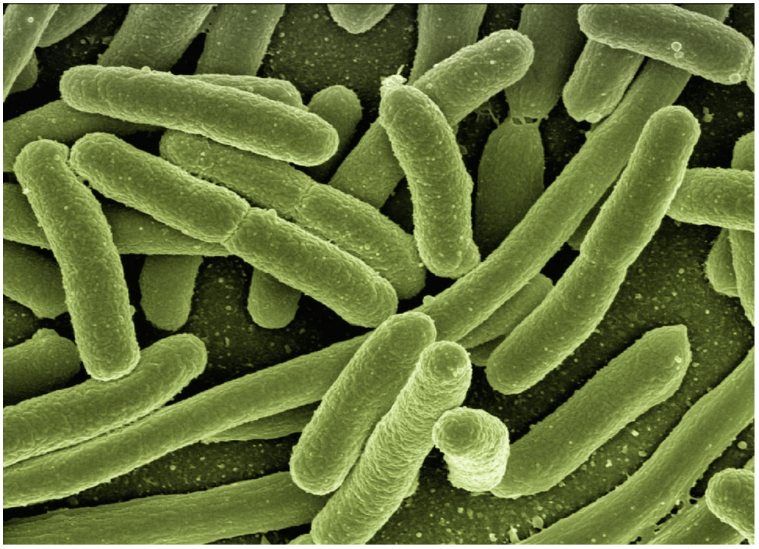Kingdom Monera
Narinder Singh, Academic Content Writer at Edumarz
- Kingdom monera comprises of bacteria as the sole members. Besides, being the most abundant micro-organisms, bacteria occur almost everywhere. Furthermore, they live in extreme habitats like hot springs, deserts, snow and deep ocean, besides living on other organisms as parasites. On the basis of their shapes, they are grouped under four categories: the Spherical Coccus, the Bacillus which is rod shaped, Vibrium comma-shaped and the spiral Spirillum.
- Bacteria possess a complex behavior, in spite of their simple structure. As a group, they show the most extensive metabolic diversity, with some of them being photosynthetic autotrophic or chemosynthetic autotrophic. Vast majority of them are heterotrophs as they depend on other organisms or dead organic matter for food.

- Archaebacteria:
It comprises of bacteria living in some of the most harsh habitats including in hot springs (thermoacedophiles), salty areas (halophiles), and marshy areas (methanogens). Compared to other bacterias, they have different cell wall structure, which is responsible for their survival in extreme conditions.The gut of several ruminant animals such as cows and buffaloes contain methanogens, which is responsible for producing methane (biogas) from the dung of these animals.

- Eubacteria:
They are characterised by a rigid cell wall and, if motile, a flagellum. The Cyano-bacteria are photosynthetic autotrophs and have chlorophyll a Similar to green plants. They are uni-cellular, colonial or filamentous, Fresh-water or terrestrial algae, with colonies generally surrounded by gelatinous sheath. Atmospheric nitrogen can be fixed by some of these organism in a specialised cell called heterocysts. Eg: in Anabaena and Nostoc. Whereas various inorganic substances like ammonia, nitrates and nitrites are oxidised by Chemosynthetic autotrophic bacteria, and they use the released energy for their ATP production. Additionally, they assist in recycling nutrients like phosphorus, nitrogen, iron and sulphur..
On the other hand, Heterotrophic bacteria, are most abundant in nature. Majority of them are important decomposers and have a significant Impact on human affairs.They assist in making curd from milk, fixing nitrogen in legume roots, production of antibiotics etcetera. While pathogens amongst them cause damage to human beings,crops, pets and farm animals. These bacteria causes diseases like typhoid, cholera, titanus and citrus canker etcetera.
Fission acts as the main mode of reproduction amongst bacteria. Sometimes, they produce spores under unfavorable circumstances. Additionally, reproduction also occurs by sexual reproduction by adopting a primitive type of DNA transfer from one bacterium to the other. Also, another type of bacteria, Mycoplasma, completely lacks a cell wall and can exist without oxygen, besides being the smallest living cell known. Most of them are pathogenic in plants and animals.

